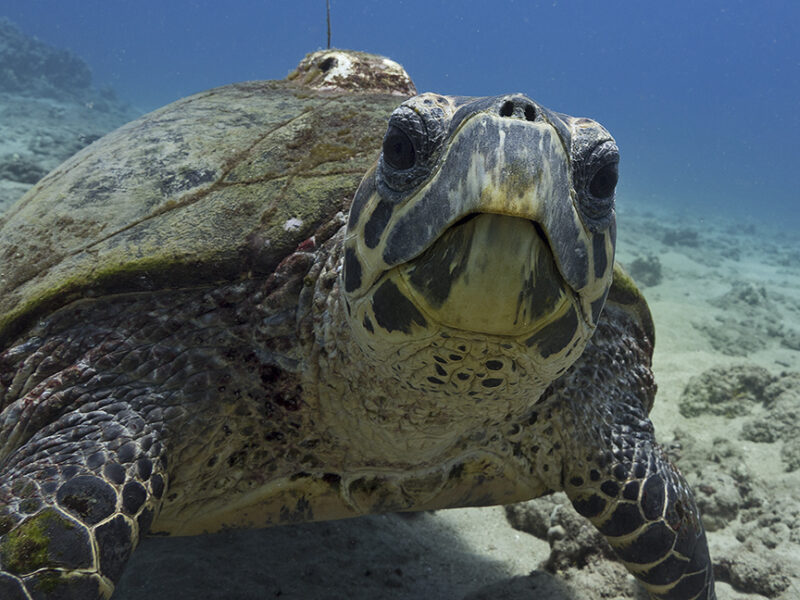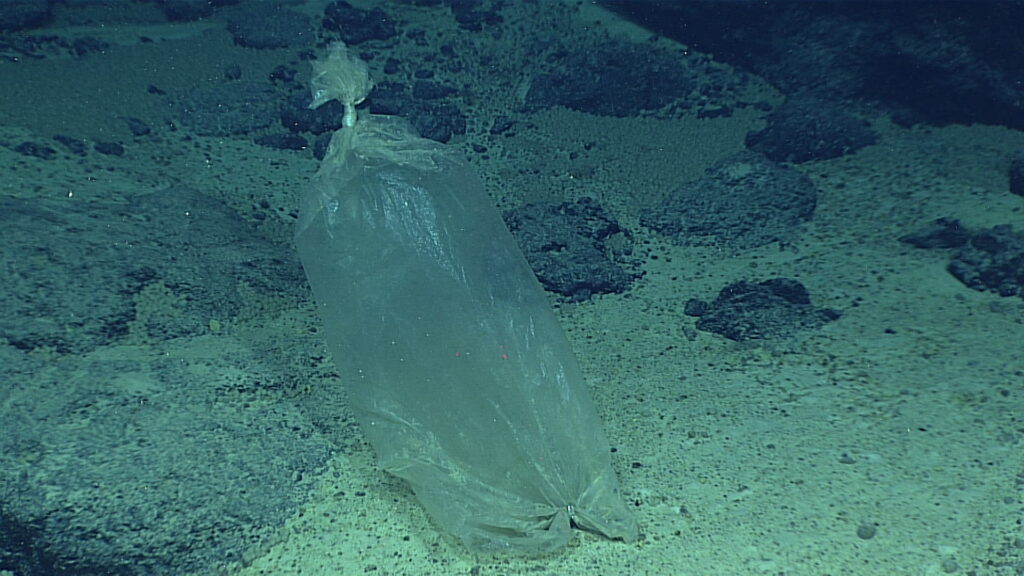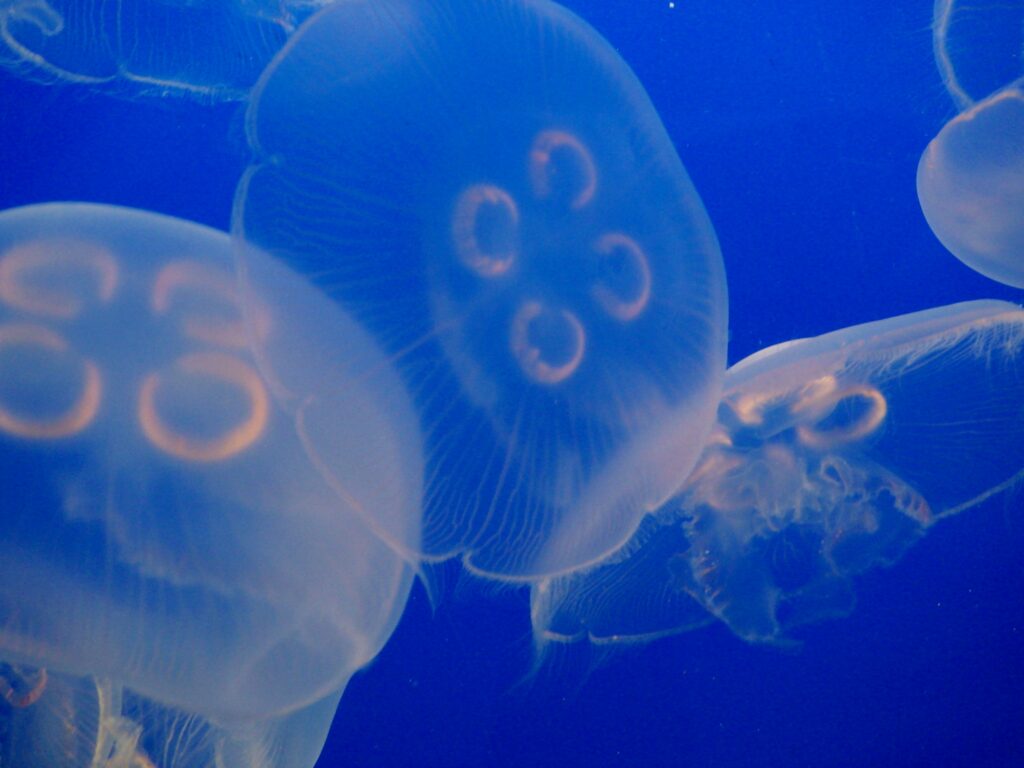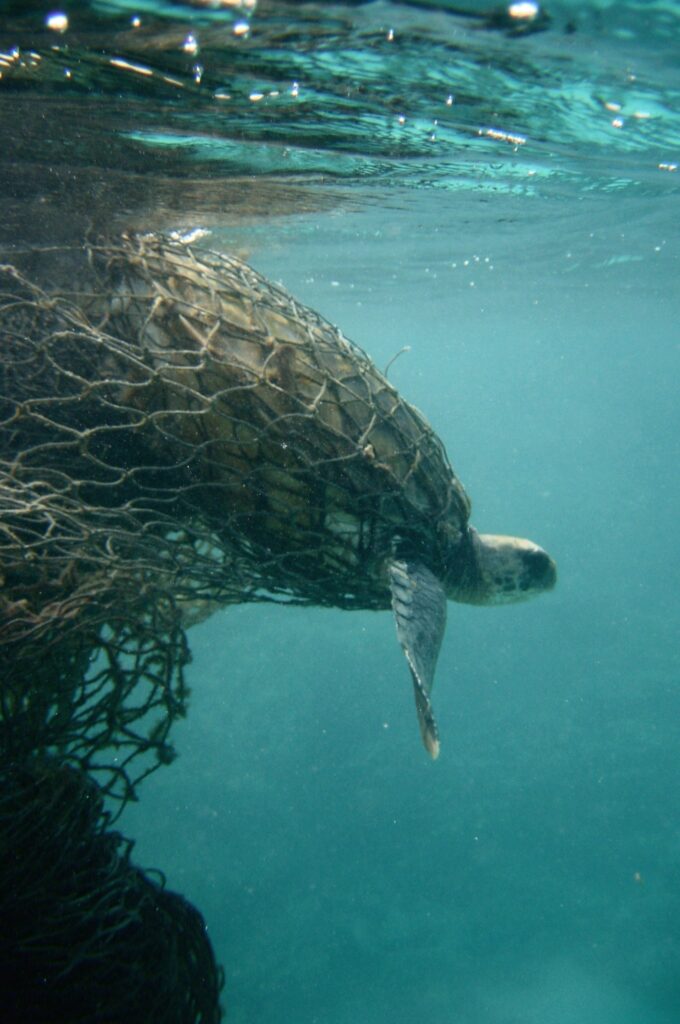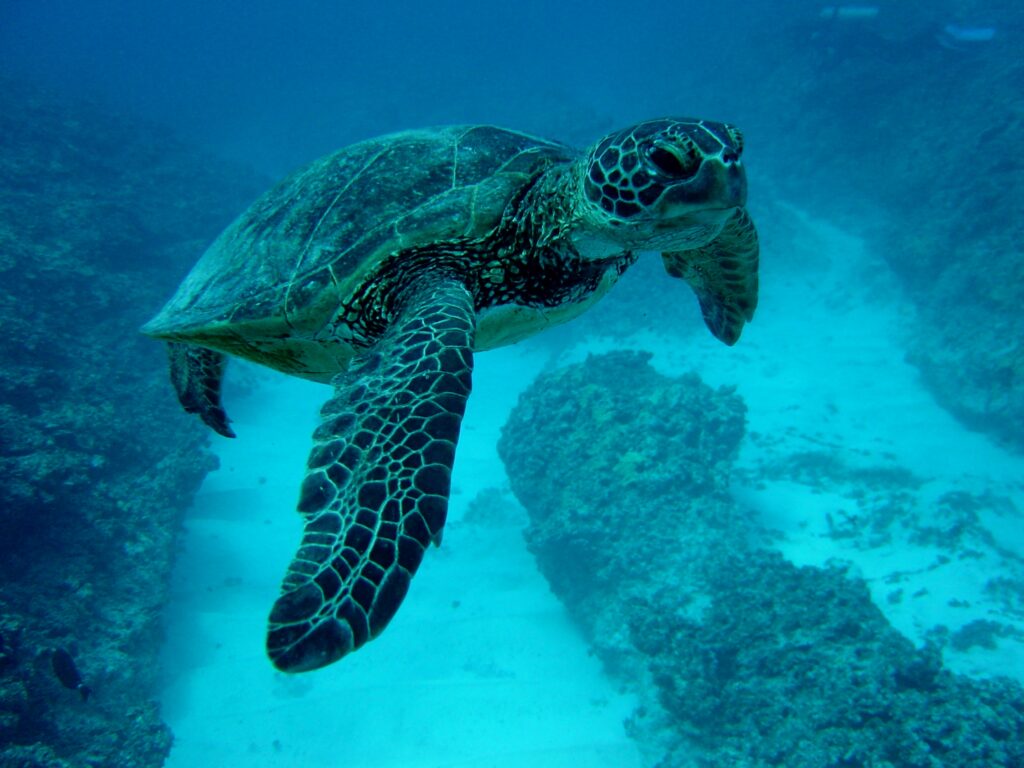While many may mock the statement “save the turtles,” what they don’t realize is that it is not a laughing matter. Of the six different species of sea turtles that live in U.S. waters, two are listed as critically endangered, one as endangered and the remaining three as vulnerable, according to the International Union for Conservation of Nature (IUCN). Sea turtle populations are in a delicate balance to begin with, as only a small percentage of the hatchlings make it past their first year of life. Of the few that survive, there are many different threats, often of the human origin, that are impacting their survival and have caused them to be one of the most vulnerable organisms in our oceans.
One of the most dominant threats is pollution, specifically plastic pollution. When plastic bags are floating in the ocean, they seem to resemble jellyfish, which is one of the main food sources for sea turtles. Plastic bags can also resemble a similar smell to this food source, as the same type of algae that is found on a jellyfish can attach itself to a plastic bag.
While the sea turtle attempts to eat, what they think to be a jellyfish, they can often choke on the plastic bag because they are not accustomed to the different texture and taste. If they are able to swallow the plastic, it can cause blockages in their internal systems. These blockages are very dangerous as it can lead to starvation and even death. Plastics also contain chemicals that are very harmful, even more so if it is ingested by an organism. When sea turtles ingest plastics, these chemicals are being exposed to their internal systems causing inflammations and even hindering the normal functions of these systems, ultimately leading to death.
While plastics are one of the most dominant threats, there are many others that are also caused by humans. Fishing nets and fishing gear are also a big threat as sea turtles can get caught in them, causing them to drown because they cannot reach the surface to breathe. Sea turtle nests are being destroyed due to various human activities, such as driving vehicles on beaches. Hatchlings are also having a difficult time getting back to the ocean because they are following lights near roadways and buildings instead of following the moonlight.
Because these threats are caused by humans, there could be action taken to mitigate these threats. Humans could watch their plastic intake as well as ensure that they are recycling properly to minimize plastic pollution. Fisheries could switch to turtle-friendly fishing hooks and nets to allow the sea turtles to be able to escape and break free. There could also be more regulations on beaches to minimize destruction to sea turtles nests. And, perhaps the lights on the streets and buildings could be dimmed or even shut off at a certain time to cause no distraction for the hatchlings, so they can find their way to the ocean. Ultimately, there are things that can be done to help save the sea turtles before it is too late. So, before someone mocks the statement “save the turtles,” they should realize that this truly is an issue, and the sea turtles do need help and change from humans.
